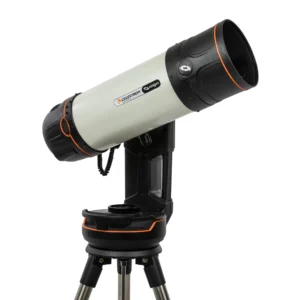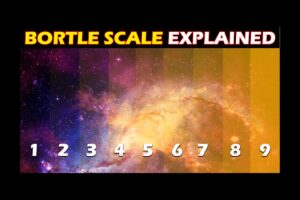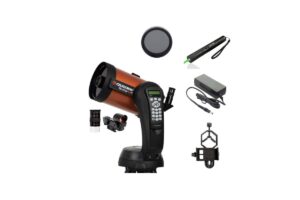
Our earth is not just a big giant ball in space. It has many amazing things if we look closely. The earth has the poles and the equator, from the equator the earth is split into two parts.
The upper region above the equator is known as the Northern Hemisphere. The region below the equator is known as the Southern hemisphere. Both of these hemispheres are not exactly the same. They have many differences which don’t really affect human lives but are interesting to know for anyone who is curious.
Northern Hemisphere
It is known as half the planet to the north of the equator. In the northern hemisphere, the landmass is more concentrated than in the southern hemisphere. The Northern Hemisphere contains the majority of continents on the earth including America, Europe, Asia, some parts of South America & two-thirds of Africa. The Northern Hemisphere has 61%of water & 39% land.
Southern Hemisphere
The southern hemisphere is the South part of the equator. In the Southern hemisphere, there is more water than land. It has 81% water and 19% land. The Southern Hemisphere contains continents like a third of Africa, almost all of South America, Antarctica, and all of Australia.
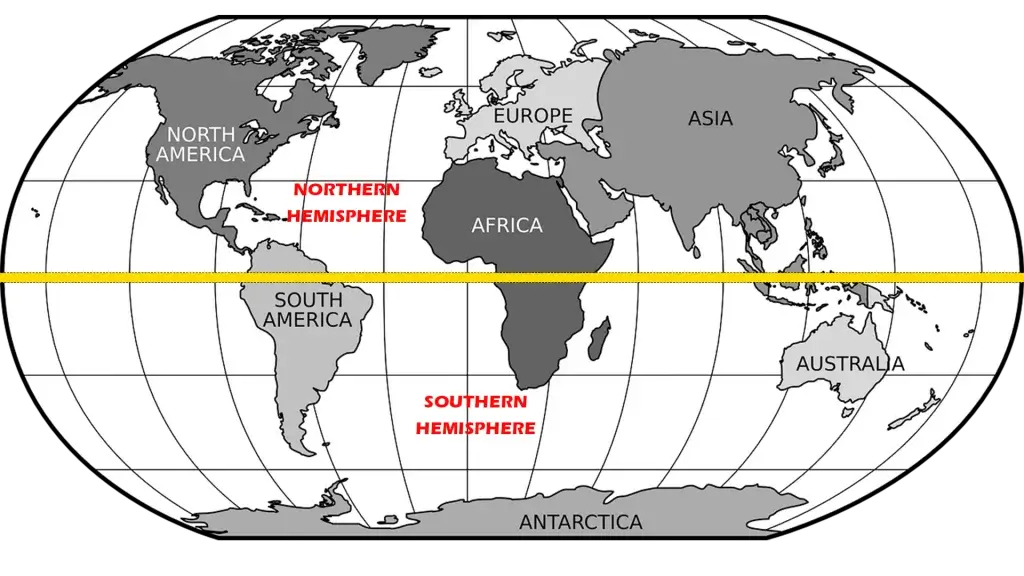
The similarity between the Northern and Southern hemispheres
There are very few similarities between them. The Equator separates them, which spins at a rate of 1042km. As you move along the pole the speed decreases. At both the North and South pole, the speed is static.
Difference between Northern and Southern Hemisphere.
Northern and Southern Hemisphere Geography
In the Northern hemisphere, there is more landmass than in the southern hemisphere. In the north, the land area is around 39% while in the south the land area is 19%.
Northern and Southern Hemisphere population
As the landmass in the Northern Hemisphere is more, the human population is more in the Northern Hemisphere. Around 85 % of the total population of the Earth lives in the Northern Hemisphere.
As more people live in the Northern region you will find more pollution in the northern part compared to the southern hemisphere.
Northern and Southern Hemisphere Seasonal differences
There are quite vast differences in the way the seasons happen in both these regions. They are exactly the opposite in both these regions. In the northern hemisphere, the winter period is from Dec to March while in the southern hemisphere the winter is from June to September. The summer in the North is from June to September and in the south is from December to March.
This happens because the earth is tilted at 23.5 deg and rotates around the sun at the same time. After every 6 months, the North and South poles are near to the sun and that’s why they cause 6 months of day and 6 months of the night at the poles. This is the reason the seasons are exactly opposite in the Northern and Southern hemispheres.
Shadow movement
This is very interesting because the shadows in the north and south move exactly opposite each other. From sunrise to sunset the shadows of any object in the North move clockwise. However, in the south, the same shadows move anti-clockwise.
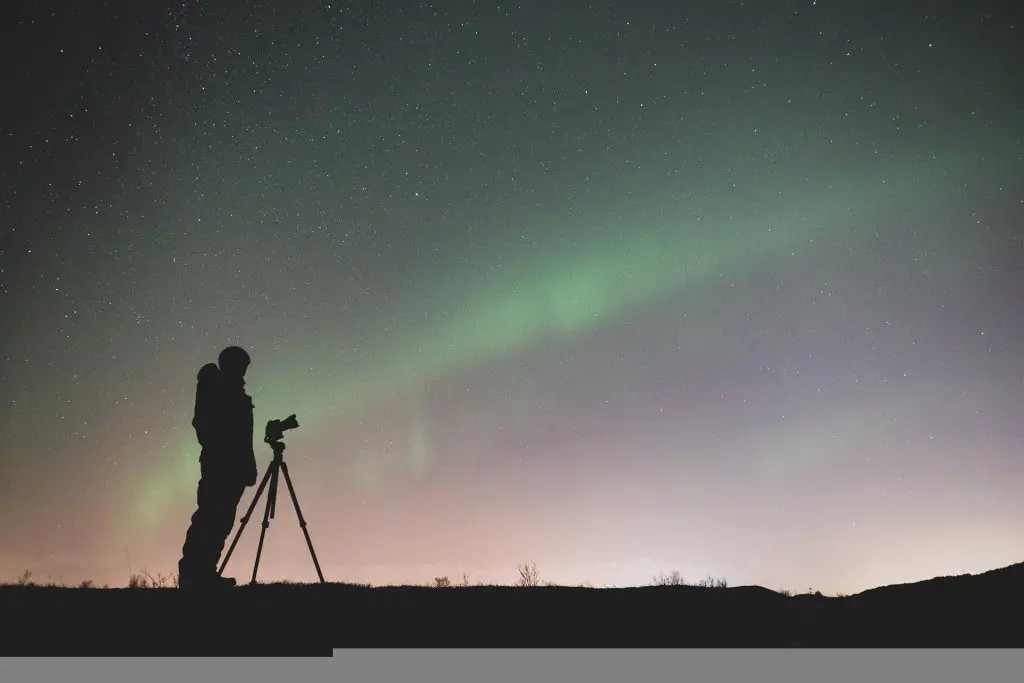
Here are some interesting facts for astronomers.
Northern and Southern Hemisphere Moon visibility
The moon in the Northern hemisphere looks upright. However, in the Southern Hemisphere, the moon looks upside down.
Northern and Southern Hemisphere Galaxy visibility
It is very easy to observe deep space objects like galaxies in the Northern Hemisphere.
In the southern hemisphere, it is difficult because there is lots of light from different stars which makes it difficult to observe the galaxy from the Southern hemisphere.
Northern and Southern Hemisphere Stargazing & Astrophotography
If you are using an alt-azimuth mount while stargazing, then it will not make a difference to your stargazing experience whether you are in the Northern Hemisphere or Southern hemisphere. But if you are using an equatorial mount for stargazing or for long exposure astrophotography then it will make a lot of difference.
While stargazing from the Northern hemisphere it is very easy to polar align your equatorial mount with reference to bright stars like Polaris.
However, from the southern hemisphere, Polaris won’t be visible and when you are in the southern part then you have to find a southern celestial pole. It is not as bright as Polaris but it will get your equatorial mount set up with the Earth’s axis of rotation. Once you set up your mount parallel to Earth’s axis of rotation. Your mount will cancel out the Earth’s rotation and will keep the celestial object in the frame all the time.
Northern and Southern Hemisphere Poles
If we are talking about the Northern and Southern hemispheres then we must talk about the North and the South pole. These are the peak points on both hemispheres when you move away from the equator. Both the poles are covered by ice.
North pole
In the north pole, you can experience the aurora in the night sky. If you stand at the exact center of the north pole then the nearest sea is 700km from the center. The ice thickness in the northern pole is 3-4 m.
South pole
In the south pole, you will not see any aurora in the night sky. In the southern hemisphere, stars look brighter. If you stand at the exact center of the south pole the nearest sea is 1300km from the center. The ice level in the southern pole is 2700m thick. The south pole is at a high altitude, it is 135m above sea level. If you go to the south pole by plane you will experience something called altitude sickness.
There are many more differences between the North and South poles. We’ll write a separate article just about comparing the North & south poles. Please check out our site & YouTube Channel for more stargazing & astronomy-related content.


